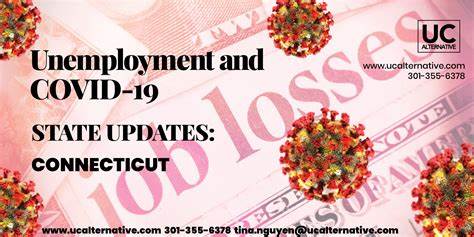
Gov. Ned Lamont is winning solid approval ratings from a large majority of the state’s citizens for his handling of the COVID-19 crisis. You have to like the no-nonsense, non-sensational way he has been handling this awful situation. What could be harder than having to balance human lives saved against jobs lost and economic security for hundreds of thousands of our fellow citizens?

But what does the data say about how Connecticut is doing compared to other states? Isn’t that a very real scorecard on performance we should be looking at to judge the effectiveness of our political leaders and our collective citizen responses?
The data are not so flattering — they are decidedly grim.
According to Kaiser Family Foundation data as of May 22, our state ranks third in COVID deaths per million of population (1,031), behind only New York at 1,492 and New Jersey at 1,248. The national average is “only” 296 COVID deaths per million; our neighbor Rhode Island is at 564.
How could we be so far off the national mark? Are our death rates somehow an inevitable consequence of having New York as a neighbor?
A big part of the puzzle could be that we have not focused on the heart of the problem in Connecticut. The state’s own data reports that about 71 percent of our COVID-related deaths have been from residents in nursing homes and assisted living facilities. By contrast, 51 to 53 percent of COVID deaths are from nursing home residents nationwide. If you add in the COVID deaths in Connecticut’s prisons, the percent of our death toll from “confined populations” is over 76 percent.
It’s hard to argue that our high death rates in these vulnerable but confined populations is somehow the result of proximity or contagion from New York.
What should this mean in terms of state policy, and especially policy on re-opening the economy? First, this data has not gone unnoticed by the Lamont administration, which has launched an aggressive though perhaps belated effort to improve infection control in nursing homes and to test and quarantine infected workers. Contact tracing of these infected staff must be of the highest priority. At the same time, we need to recognize that these workers — who are disproportionately black and Latino, according to one analysis of census data — are truly heroes. We should be giving them combat pay bonuses, not just heart signs and applause.
Even more importantly, we need to question whether the state’s delayed re-opening steps — we were reported to be the last state to re-open — have properly taken into account the fact that over three quarters of our COVID-19 death rate traces to people who by definition are not going shopping or to bars and restaurants.
Is our economy, and the very livelihood of at least a third of our population, paying too high a price for a COVID-19 death rate that is really only one quarter of its reported size when you subtract the people who won’t be “opening”?
The governor is facing extraordinary life-and-death decisions every day in managing this pandemic. He needs everyone in the state to understand the choices. So instead of just reporting on a daily basis the public health data — tests, diagnosed cases, hospitalizations and deaths — he should also report the accompanying economic data — jobs lost, people on unemployment and food assistance, companies closed, and economic production lost. Then we can all understand the difficulty of these decisions and make our own judgments.
![]()
Robert E. Patricelli has been the founder and CEO of three national health care businesses based in Connecticut, the co-chair of the 2017-2018 Commission on Fiscal Stability and Economic Growth, and is a member of the National Academy of Medicine.

